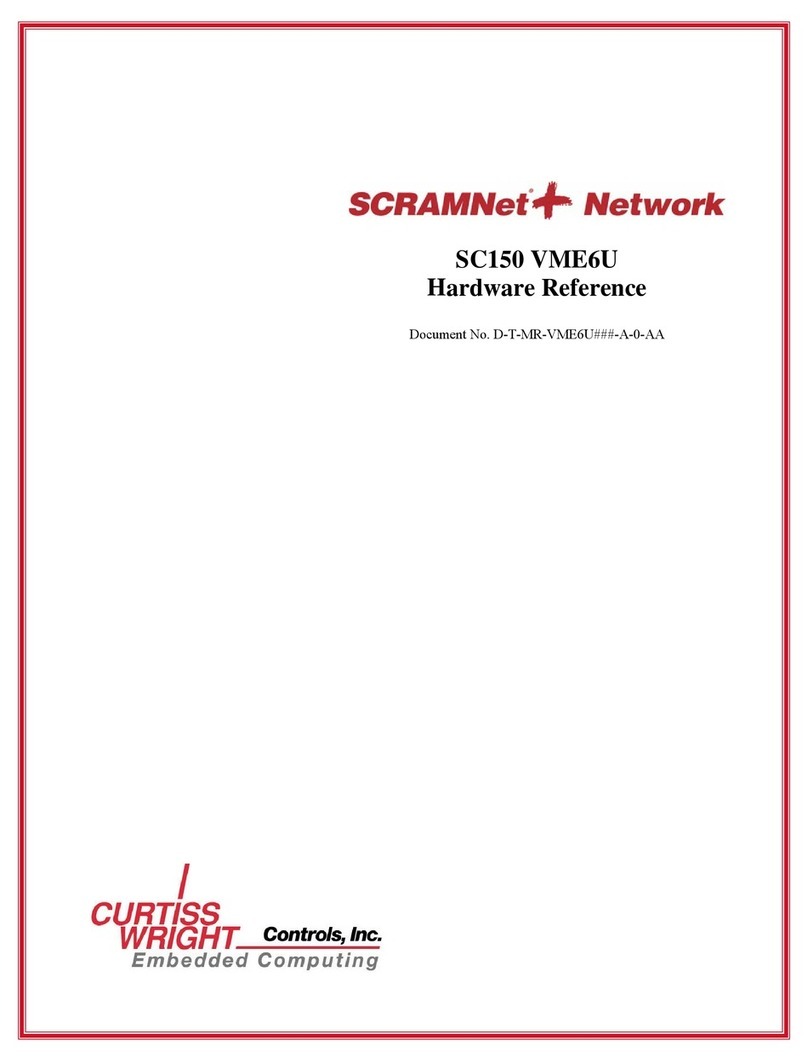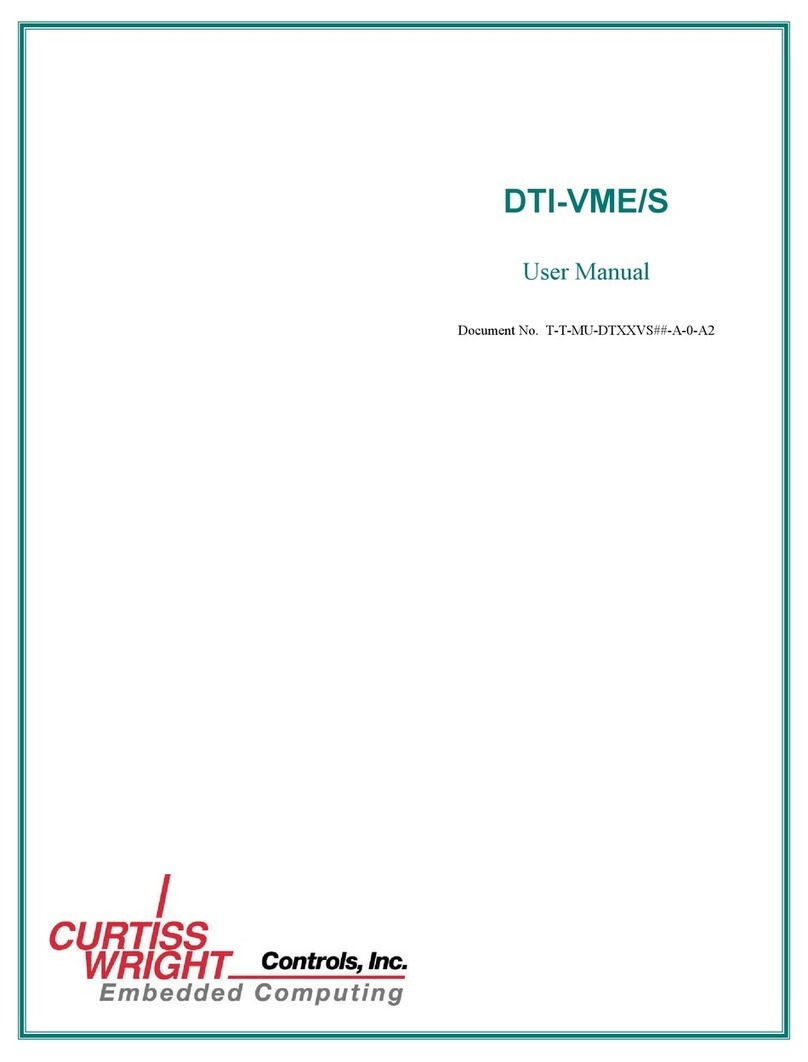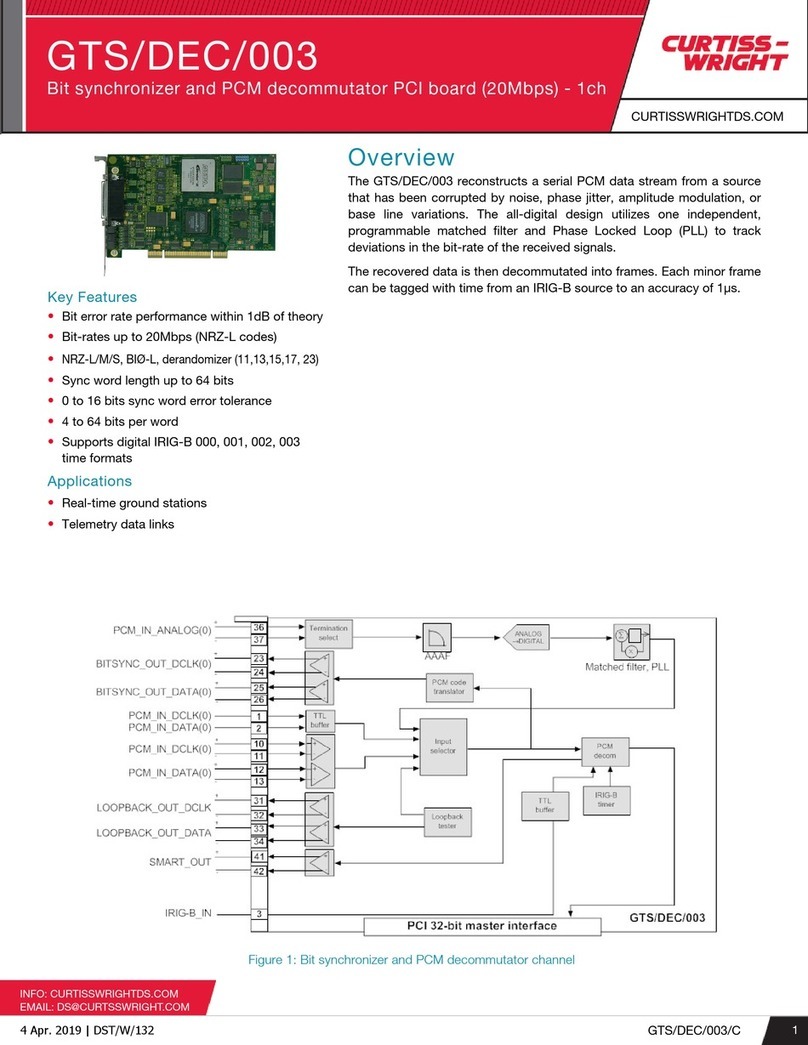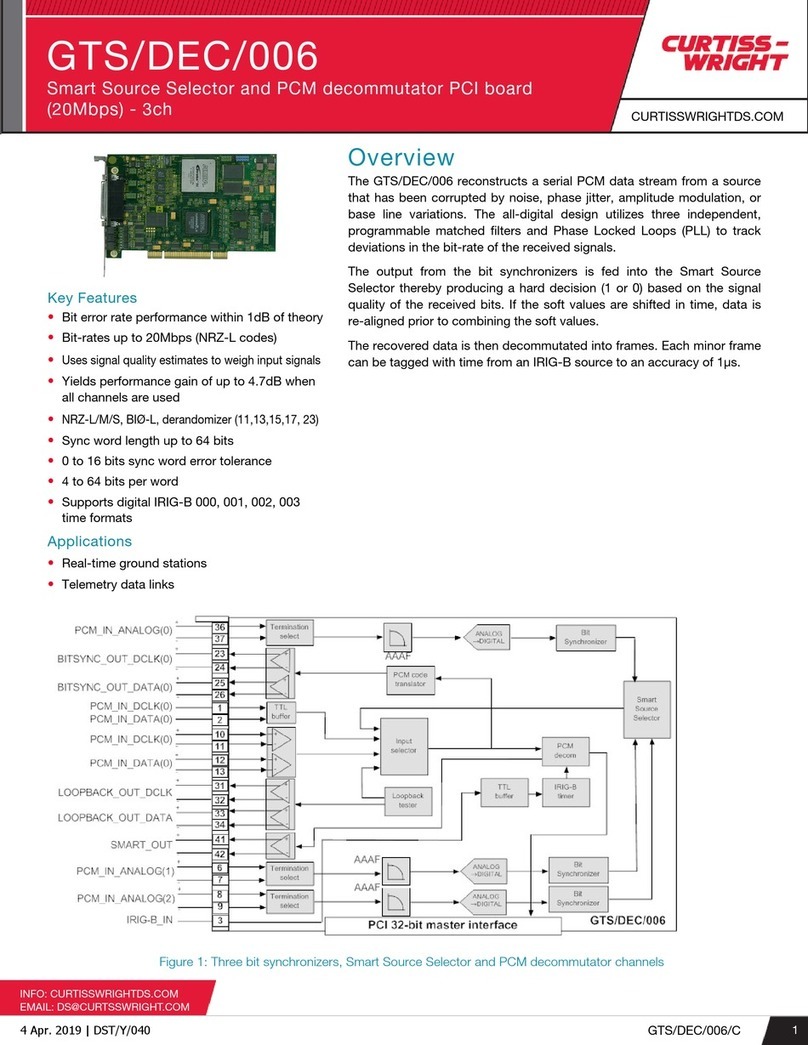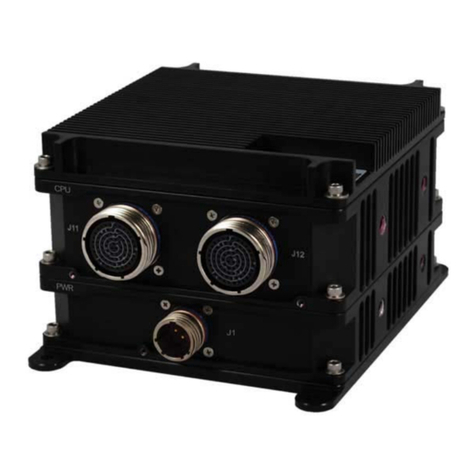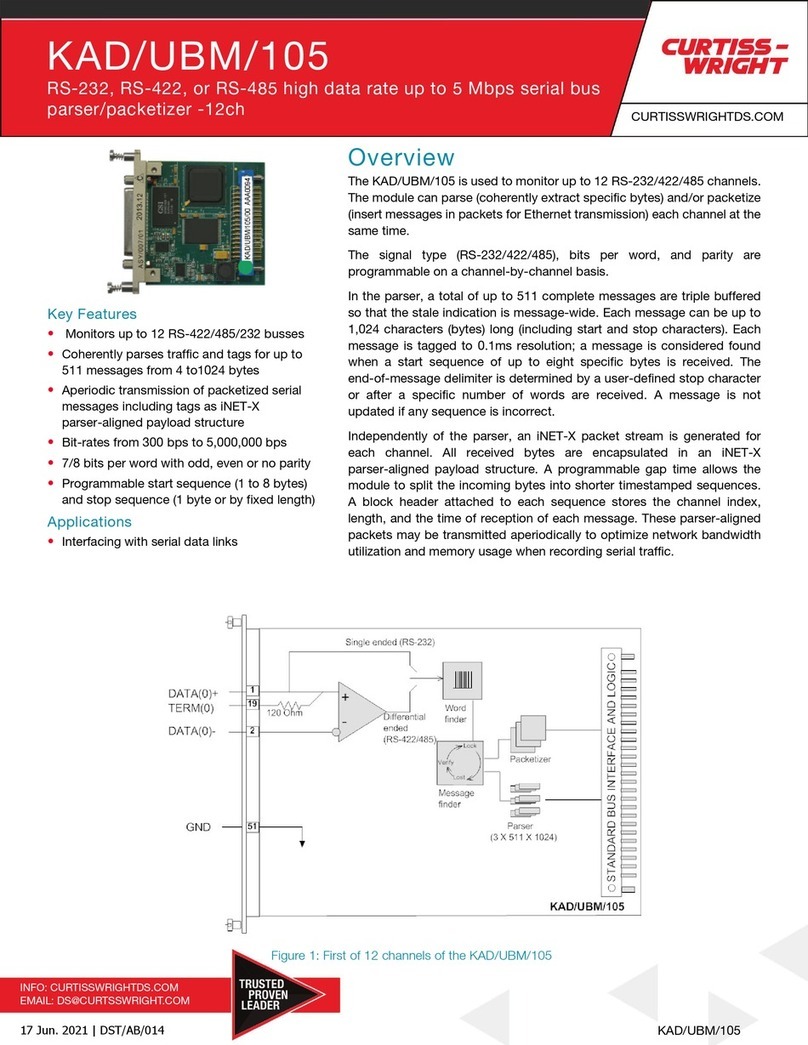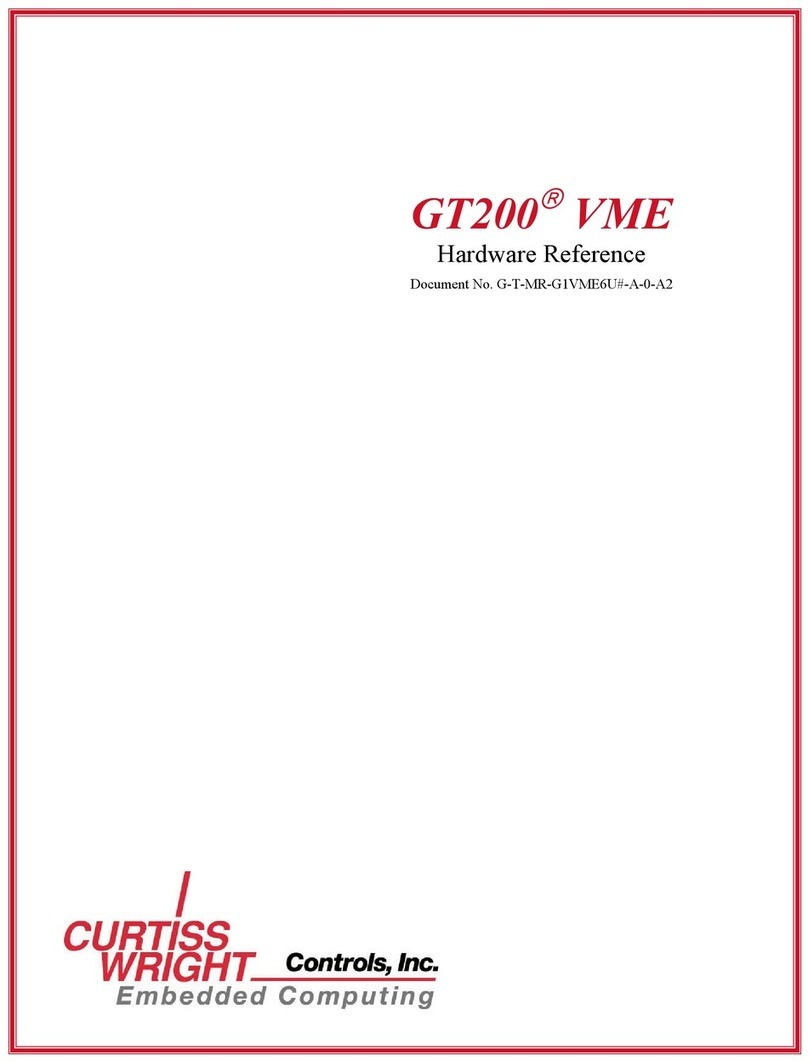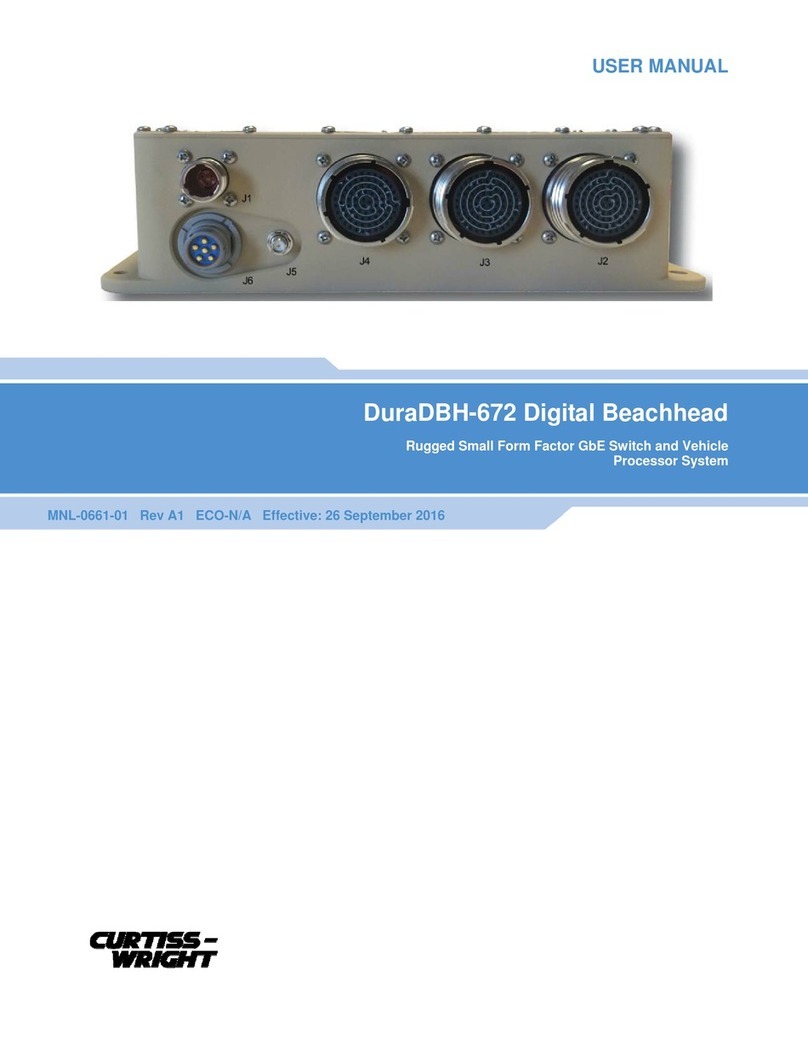
DuraCOR 310 Table of Contents
Page 4 of 51 MNL-0666-01 Rev A3 ECO-5479 Effective: 26 Apr 18
Chapter 4 Linux BSP ............................................................................................................... 24
Required Host Equipment ........................................................................................................................... 24
Building and Installing the BSP ................................................................................................................... 24
Installing Required Software Repositories ........................................................................................... 24
Setting up the Environment .................................................................................................................. 24
Executing the Build ............................................................................................................................... 25
Initial Boot ............................................................................................................................................. 25
Partition the Internal Storage ................................................................................................................ 26
Installing the RootFS ............................................................................................................................ 26
Configure the bootloader ...................................................................................................................... 26
Chapter 5 Connector Description ........................................................................................... 28
Connector Identification .............................................................................................................................. 28
Connector Pinouts ....................................................................................................................................... 29
J1 Power Connector ............................................................................................................................. 29
J2 I/O Connector................................................................................................................................... 30
J3 I/O Connector................................................................................................................................... 32
J4 Configurable I/O Connector ............................................................................................................. 34
Configurable I/O Internal Connectors ................................................................................................... 36
Test Cable Set – CBL-C31X-01 ........................................................................................................... 37
Chapter 6 Specifications ......................................................................................................... 38
Technical Specifications .............................................................................................................................. 38
Energy Efficient CPU/GPU ................................................................................................................... 38
Storage ................................................................................................................................................. 38
Modular/Expandable ............................................................................................................................. 38
Target Applications ............................................................................................................................... 38
Standard I/O Interfaces ........................................................................................................................ 38
Related Products .................................................................................................................................. 39
Mechanical Specifications ........................................................................................................................... 39
Physical ................................................................................................................................................ 39
Dimensions ........................................................................................................................................... 39
Mounting the System ............................................................................................................................ 42
Power .................................................................................................................................................... 42
Environmental Specifications ...................................................................................................................... 42
Temperature ......................................................................................................................................... 42
Shock/Vibration ..................................................................................................................................... 42
EMI/EMC .............................................................................................................................................. 43
Operating Conditions ............................................................................................................................ 43
Other Specifications .................................................................................................................................... 43
Reliability .............................................................................................................................................. 43
Export Jurisdiction ................................................................................................................................ 44
CE Marking ........................................................................................................................................... 44
Chapter 7 Troubleshooting ..................................................................................................... 45
Product Identification ................................................................................................................................... 45
Technical Assistance .................................................................................................................................. 45
Returning for Service .................................................................................................................................. 45
Chapter 8 Contact Info ............................................................................................................ 46
Appendix A Onboard Microcontroller Functions .................................................................. 47
USB Serial Communication Protocol .................................................................................................... 47
